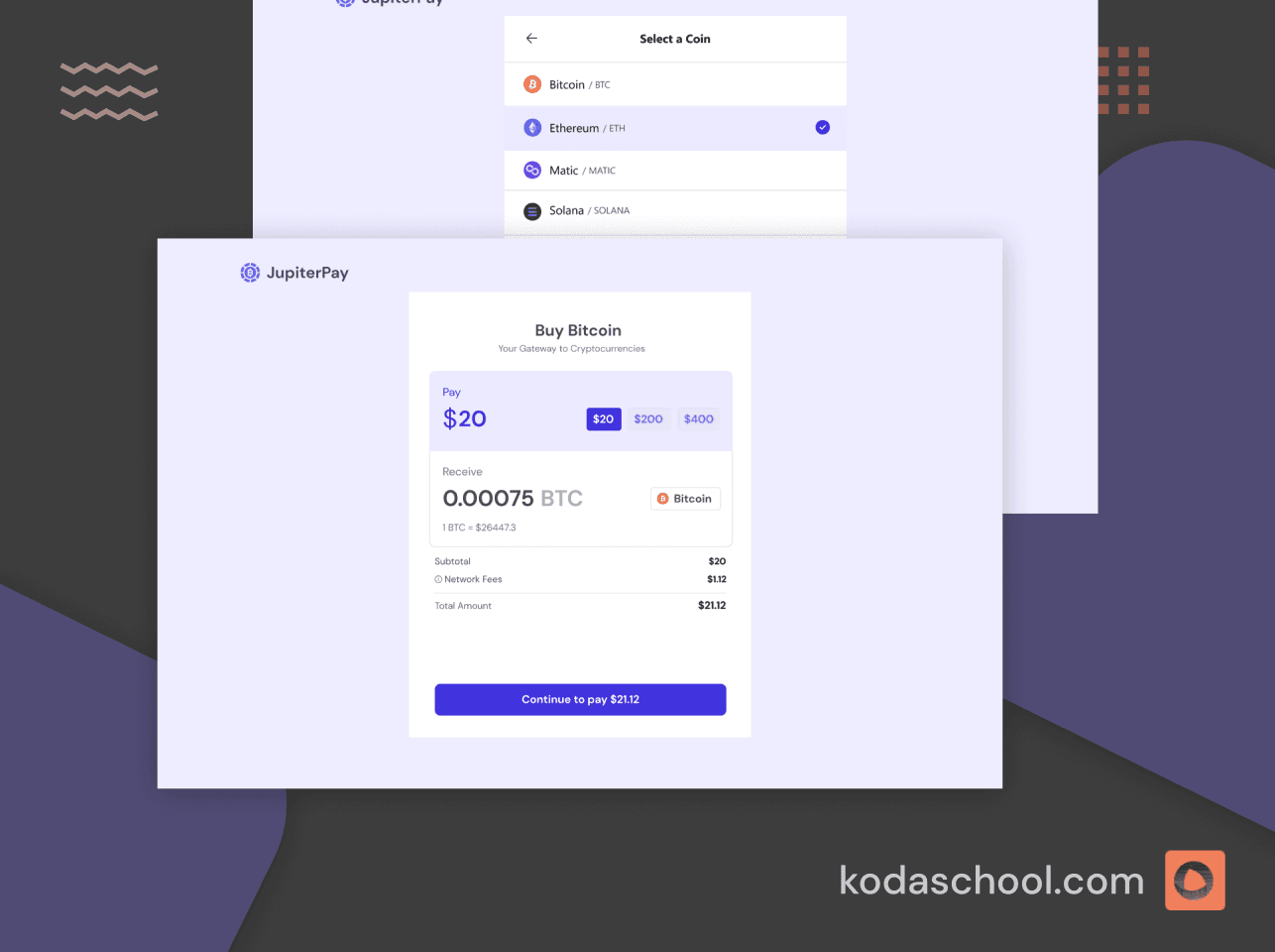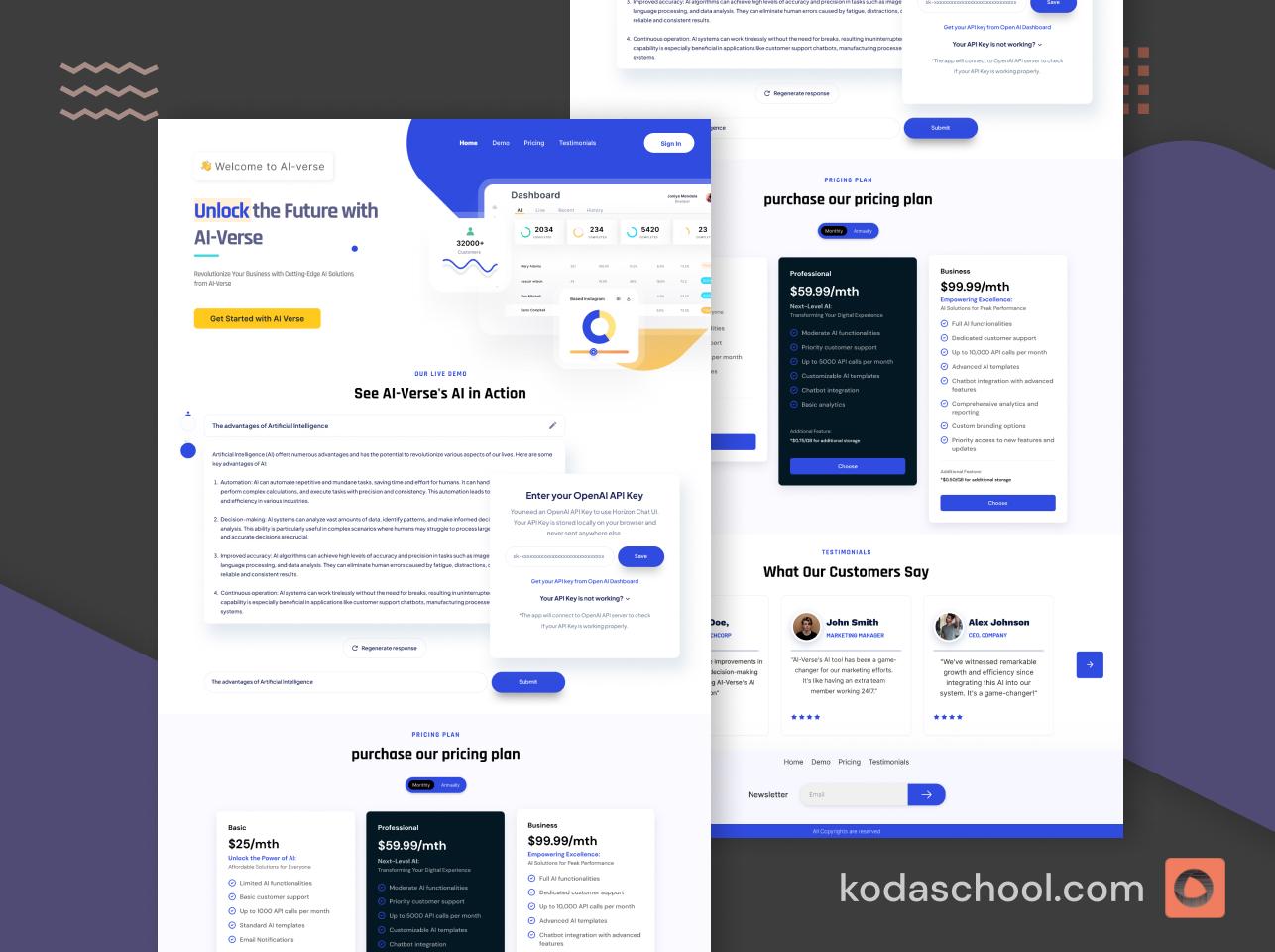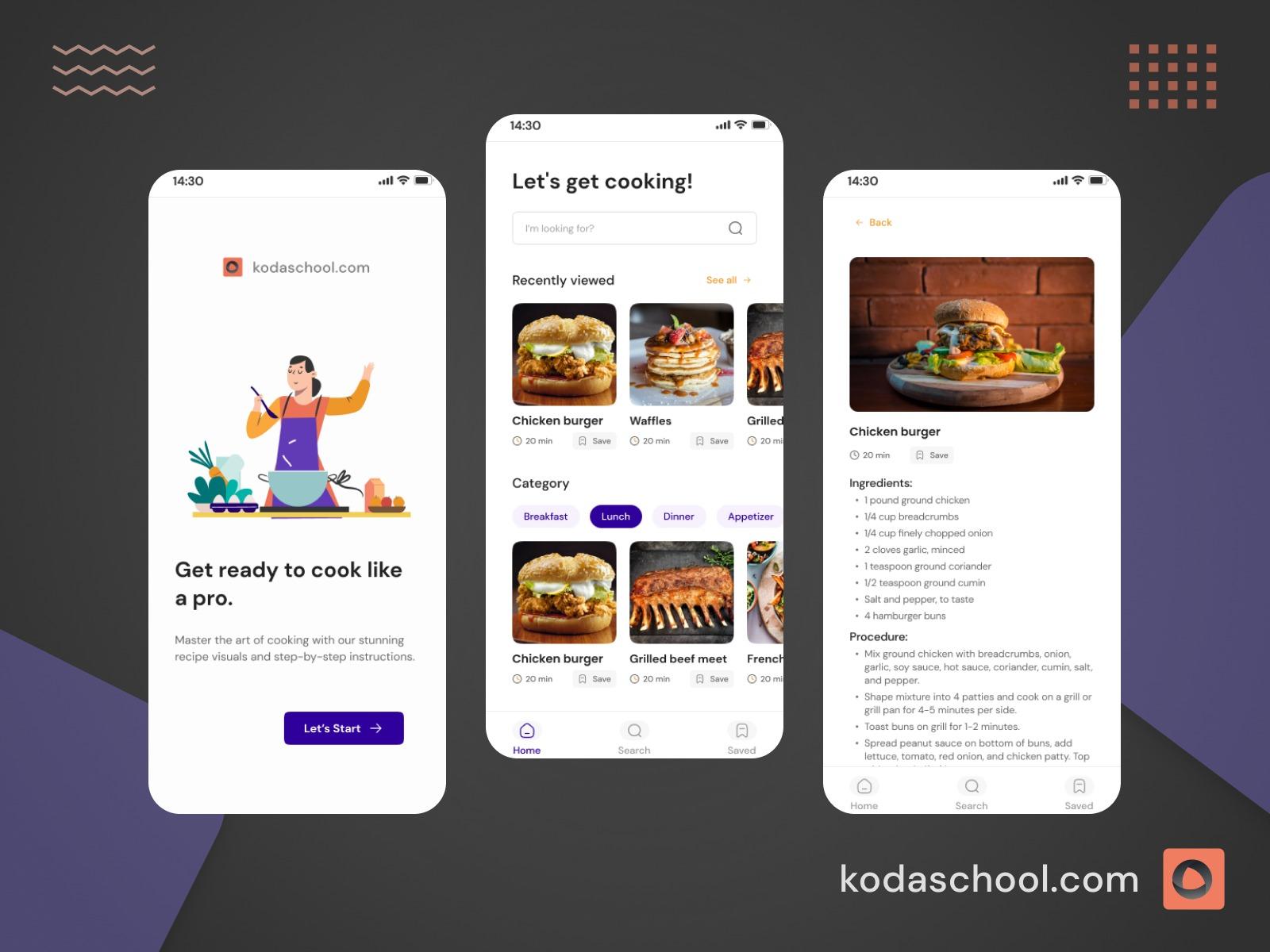Amazon Simple Notification Service (SNS): A Comprehensive Guide for Solutions Architects
Amazon SNS is a robust messaging tool, integrating seamlessly with other AWS services like Lambda and SQS, and supporting a wide range of recipients from web endpoints to mobile devices.
Amazon Simple Notification Service (SNS) is a highly durable, secure, and flexible pub/sub messaging and mobile notifications service for coordinating the delivery of messages to subscribing endpoints or clients. As a solutions architect, understanding Amazon SNS will enable you to design systems that are both scalable and resilient, particularly in handling message distributions at large scales. This article will delve deeply into the functions of SNS, its integration with other AWS services, supported recipients, and other crucial aspects to consider.
Core Functions of Amazon SNS
- Application-to-Application Messaging: SNS facilitates application messaging through subscribers like Amazon Kinesis Data Firehose delivery streams, AWS Lambda functions, Amazon SQS queues, HTTP/S endpoints, and AWS Event Fork Pipelines. This feature supports system integrations and real-time data flow between different services.
- Application-to-Person Notifications: This capability allows for sending notifications directly to users via mobile apps, SMS, and email, making it versatile for reaching users in real-time.
- Standard and FIFO Topics:
- FIFO Topics: For use cases requiring strict message ordering and deduplication, FIFO (First-In-First-Out) topics ensure messages are delivered and processed in the order they are sent.
- Standard Topics: Ideal for scenarios where the order of message delivery is not critical and where message duplication is acceptable, facilitating broader and more flexible message dissemination. - Message Durability: Messages in SNS are stored redundantly across multiple servers and data centers to ensure reliability. If message delivery fails, SNS implements a retry policy and allows undelivered messages to be saved in a dead-letter queue for later processing.
- Message Archiving, Replay, and Analytics: Messages can be archived via integrations with services like Amazon S3 or analyzed using Amazon Redshift. FIFO topics particularly support in-place message archiving and replay, enabling robust data management and historical analysis.
- Message Attributes: SNS allows the attachment of metadata to messages, which can be utilized for filtering and handling messages based on their attributes.
- Message Filtering: Subscribers can define filter policies to receive only the messages that match specific criteria, which can be based on message attributes or the message body itself, enhancing the relevance and efficiency of message delivery.
- Message Security: SNS ensures the security of messages with server-side encryption using keys managed by AWS Key Management Service (KMS) and supports private connections via Amazon VPC, safeguarding data integrity and privacy across the network.
Integration with AWS Services
Amazon SNS seamlessly integrates with a variety of AWS services, making it a versatile tool for solutions architects:
- AWS Lambda: Automatically trigger a Lambda function to process messages published to a topic.
- Amazon SQS: Use SNS topics to send messages to SQS queues. This is particularly useful for decoupling microservices and for handling asynchronous workloads.
- Amazon Kinesis Data Firehose: Direct messages to a Kinesis Data Firehose for loading data into data lakes, data stores, and analytics services.
- AWS CloudWatch: Trigger alarms and notifications based on specific thresholds or filters set up for monitoring AWS resources.
- AWS Identity and Access Management (IAM): IAM allows you to securely control access to SNS topics through robust authentication and authorization mechanisms. You can define who can access your SNS topics and the specific actions they are permitted to perform, ensuring secure and controlled access.
- AWS CloudFormation: This service simplifies the setup and management of AWS resources, including Amazon SNS topics and subscriptions. By creating a CloudFormation template, you can automate the provisioning and configuration of SNS resources, enabling a more efficient deployment process.
Try Kodaschool for free
Click below to sign up and get access to free web, android and iOs challenges.
Supported Recipients
Amazon SNS supports a variety of recipients, enabling broad flexibility in how messages are delivered:
- HTTP/S Endpoints: Messages can be sent to any HTTP endpoint that is accessible on the internet.
- Email and Email-JSON: SNS can send notifications as plain text emails or JSON-formatted emails.
- SMS Messages: Directly send SMS messages to phone numbers in over 200 countries.
- AWS Lambda: Invoke Lambda functions directly from SNS messages.
- Amazon SQS Queues: Messages can be delivered to SQS queues.
- Mobile Push Notifications: Supports direct push notifications to Apple, Google, Fire OS, and Windows devices.

Security and Reliability
- Encryption: SNS supports encryption at rest using AWS Key Management Service (KMS), ensuring that your messages are securely stored.
- Access Control: You can use AWS Identity and Access Management (IAM) to set who can publish and subscribe to topics. Additionally, resource-based policies can allow cross-account access.
- Durability and Availability: Amazon SNS is designed for 99.999% availability, leveraging AWS’s multi-AZ deployment.
Pricing
SNS follows a pay-as-you-go pricing model. You pay based on the number of messages published, the size of messages, and the number of delivery attempts. This model is cost-effective as it allows for scaling usage without upfront costs.
Use Cases
- Application and System Alerts: Engineers can integrate SNS to receive operational notifications when issues occur in production environments.
- User Notifications: Automatically notify users about events, such as order processing, using SMS or email.
- Microservices Communication: Enable loosely coupled communication between microservices by having services subscribe to relevant topics.
Sample Questions
Question 1
You are designing a system that requires strict ordering of messages and no duplication. Which type of Amazon SNS topic should you use, and why?
A) Standard topic
B) FIFO (First-In-First-Out) topic
C) Both A and B D) None of the above
Answer - B : FIFO topics are designed to ensure messages are delivered and processed exactly once and in the strict order they were published, ideal for scenarios requiring sequence integrity like financial transactions.
Question 2
An e-commerce company wants to send promotional emails and SMS notifications to customers based on their shopping preferences. Which Amazon SNS feature should be used to filter these messages?
A) Message Encryption
B) Message Filtering
C) Message Archiving
D) Message Duplication
Answer - B : Message filtering allows messages to be sent to subscribers based on attribute matching, enabling targeted communications such as promotions based on customer preferences.
Question 3
As a Solutions Architect, you need to ensure that the message delivery system between microservices is secure. Which AWS service integrates with Amazon SNS to provide encryption of messages at rest?
A) AWS Identity and Access Management (IAM)
B) AWS CloudTrail
C) AWS Key Management Service (KMS)
D) Amazon CloudWatch
Answer - C : AWS KMS integrates with Amazon SNS to provide encryption at rest, securing messages stored within SNS topics against unauthorized access.
Question 4
A healthcare provider uses AWS to manage sensitive patient notifications. They require a configuration that guarantees messages are only accessible within their private network. Which Amazon SNS feature should be used to meet this requirement?
A) AWS Shield
B) AWS WAF
C) VPC Endpoints
D) Amazon Cognito
Answer - C : Using VPC endpoints allows for the private processing of messages, ensuring they remain within the healthcare provider's Virtual Private Cloud (VPC) and comply with strict privacy standards.
Question 5
A company is deploying a new application using AWS CloudFormation and needs to automate the setup of an Amazon SNS topic along with its subscriptions. What is the best practice for accomplishing this?
A) Manually create the SNS topic and subscriptions post-deployment.
B) Include the SNS topic and subscriptions in an AWS CloudFormation template. C) Use AWS IAM to configure the SNS topic and subscriptions.
D) Deploy using AWS Elastic Beanstalk.
Answer - B : By defining Amazon SNS topics and subscriptions within an AWS CloudFormation template, the provisioning and configuration process is automated, providing a consistent and error-free deployment.











